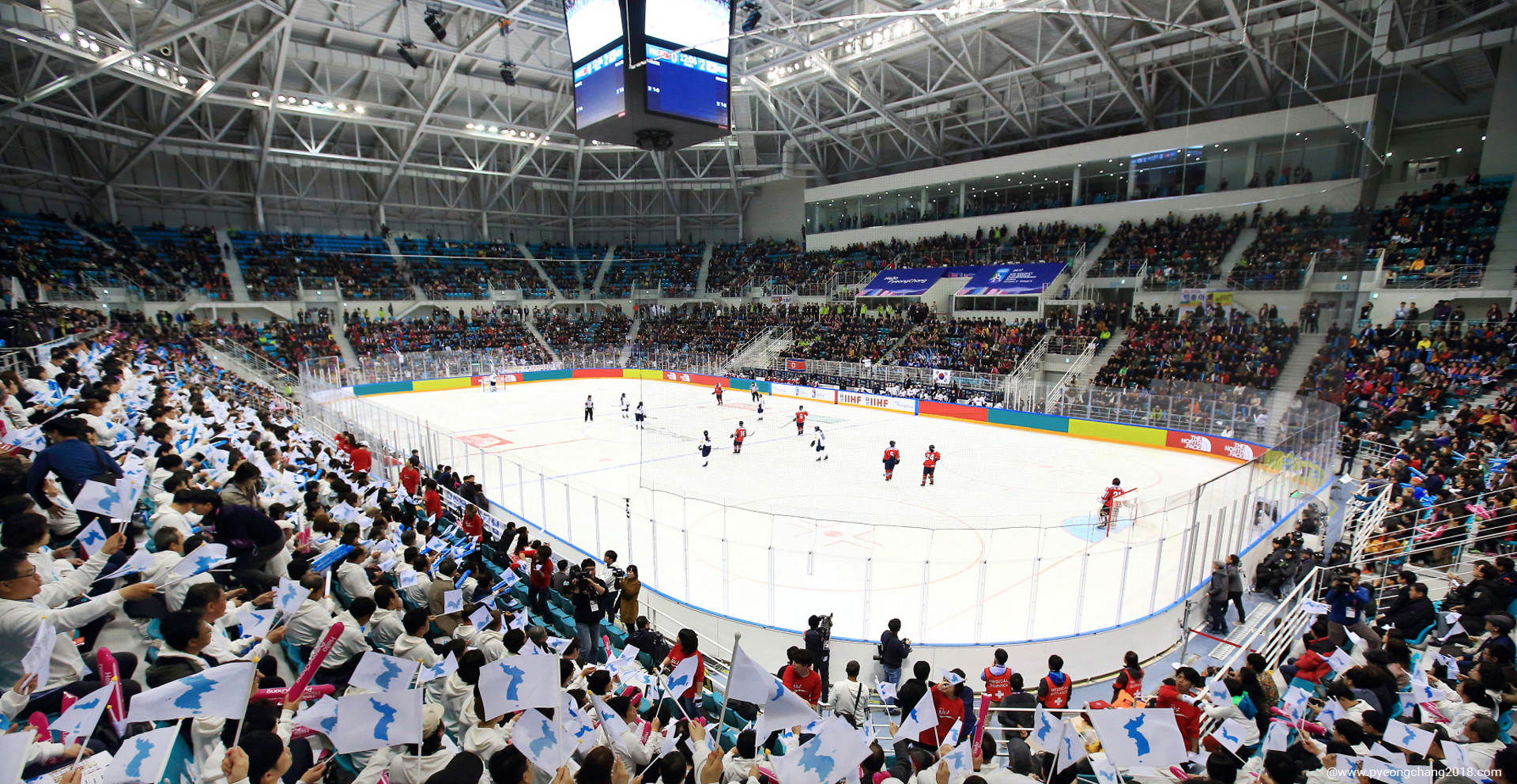01
PyeongChang Winter Olympics - the Leader of
Cutting-Edge ICT Olympics
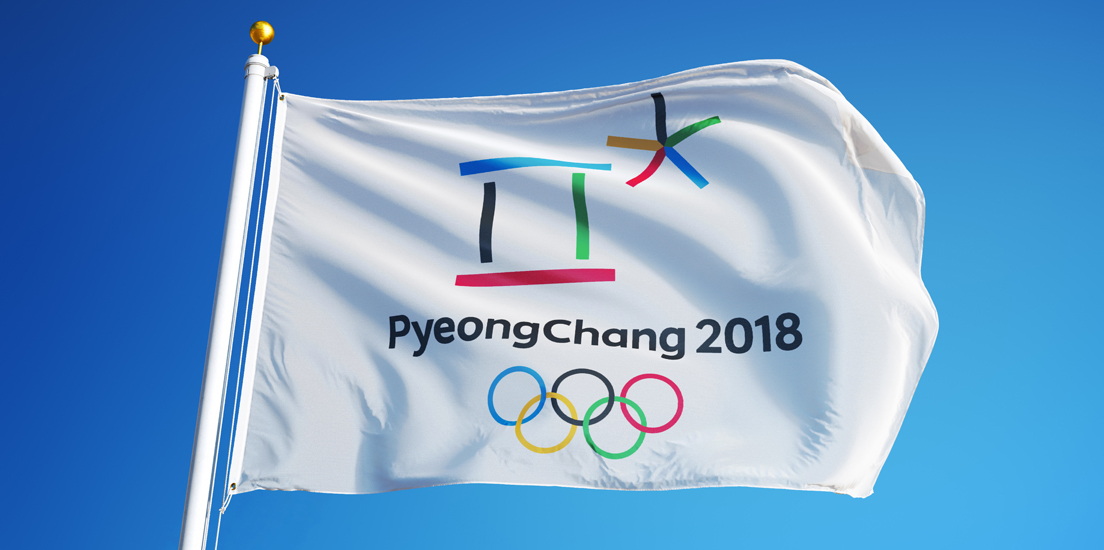

Hosting an international event is an honor, but PyeongChang Winter Olympics was especially meaningful. It was a festival that Koreans could host after failing two times to host the competition and was the second Olympic Games held in Korea 30 years after the Seoul Olympics.
As hosting the Winter Olympics was a significant challenge, people's expectations of being a host country of the Olympics were high. Recently, Olympic games have been not just a sports competition for gaining more medals but also an opportunity to show a country's technological level to the world.
In 1964, Japan showed off its technological power by relaying the Tokyo Olympics through satellite telecast. In 2008, China commercialized RFID tickets and face recognition technology in the Beijing Olympics. Like these examples, ICT is a subject of the host country's pride and has been called a third Olympic game.
South Korea displayed advanced ICT power through the PyeongChang Winter Olympics. The Olympic scenes were broadcast live to audiences through various convenient services. This enabled South Korea to stand firmly as a powerful ICT country leading the Fourth Industrial Revolution. ETRI played a central role in this.
ETRI demonstrated various advanced ICTs during the PyeongChang Olympics. ETRI's four core technologies that supported the high-tech Olympics were Ultra Wide Vision(UWV), customized IoT(AR navigation service and precise positioning of ice hockey players), an AI call center, and automated speech translation(MalangMalang GenieTalk). In addition, terrestrial UHD broadcasting was successfully carried out for the first time in the world. The efforts of the ETRI researchers were reflected in all of these technologies.
02
New ICT History Written by UWV

Ultra Wide Vision(UWV) provides a viewing angle of 120 degrees, which is much wider than that of general Ultra-High Definition(UHD) videos, while maintaining high definition. The realistic UHD UWV videos provided through high definition wide panoramic videos vivid feelings to the viewers as if they were at the very site of the videos. The UWV live broadcasting technology, developed by ETRI, combines large-sized videos shot by three UHD cameras. The UWV live broadcasting also includes technologies for acquiring, generating, transmitting, and playing the videos in a single wide-vision panoramic video on a real-time basis.
First, the high-quality UWV video acquisition system for shooting videos of an optimal quality allows remote control of the camera attitude and the lens with an active UWV camera rig and real-time remote monitoring technology. In addition, the world's first UWV live broadcasting system was established to provide 12K x 2K UWV videos through real-time editing of the inputs from eight or more UHD cameras.
Second, the high-quality UWV video generation system produces natural, seamless, high-resolution 12K x 2K UWV videos on a real-time basis by considering the geometric relationships between the input videos from the three UHD cameras.
Third, the high-quality UWV encoding and transmission system performs real-time encoding and multiplexing of the 12K x 2K UWV videos, three times as large as the UHD videos, on the basis of High Efficiency Video Coding(HEVC) standards.
Fourth, the high-quality UWV playing system receives the UWV stream transmitted remotely, decodes the stream, and plays the video on a wide vision display such as a multi-projector and a multi-panel.
03
Olympics Free of Language Barriers

In cooperation with Hancom Interfree, ETRI provided GenieTalk service for real-time, automatic interpretation and translation of eight languages, including Korean. The GenieTalk technology provides smooth and natural interpretation and translation through the interpretation and translation process, where rule-based machine translation and statistical translation are combined, and through artificial intelligence technology for self-learning of the grammar. GenieTalk is easy to use. You just download the app and speak the sentence you want to interpret or translate to your smart phone. Fitting the aim of the Olympic Games to unite people from all over the world, GenieTalk provided free communication to international visitors and let Koreans feel the pride of the host country.
The AI Call Center Helper Service was based on speech recognition, language comprehension, and conversation processing technologies. The service provided information about the games and tourism, directions, and civil affairs processing, in connection with the PyeongChang Winter Olympics Call Center.
04
Smart IoT Technology Supporting Athletic Performance
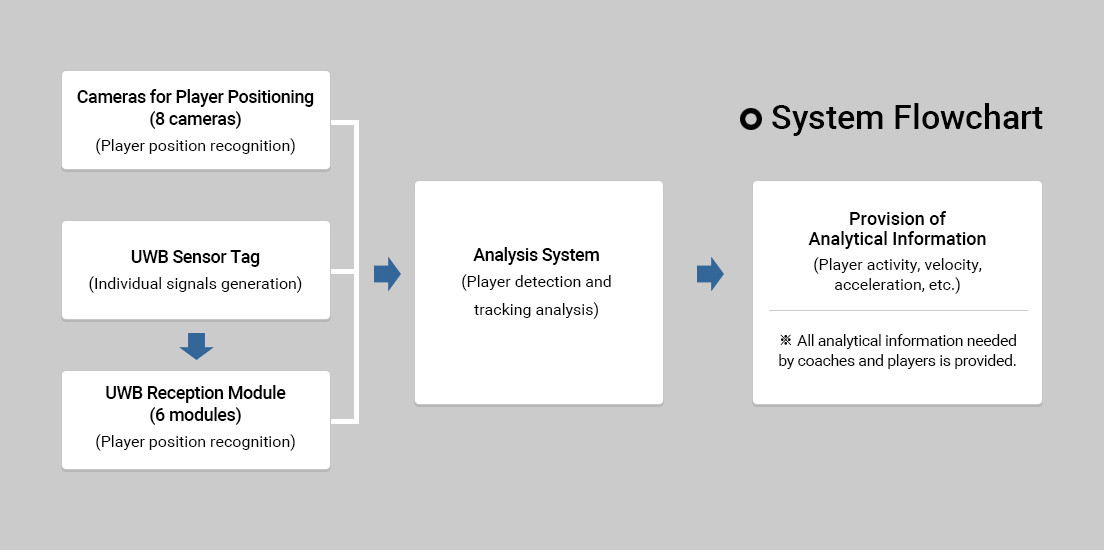
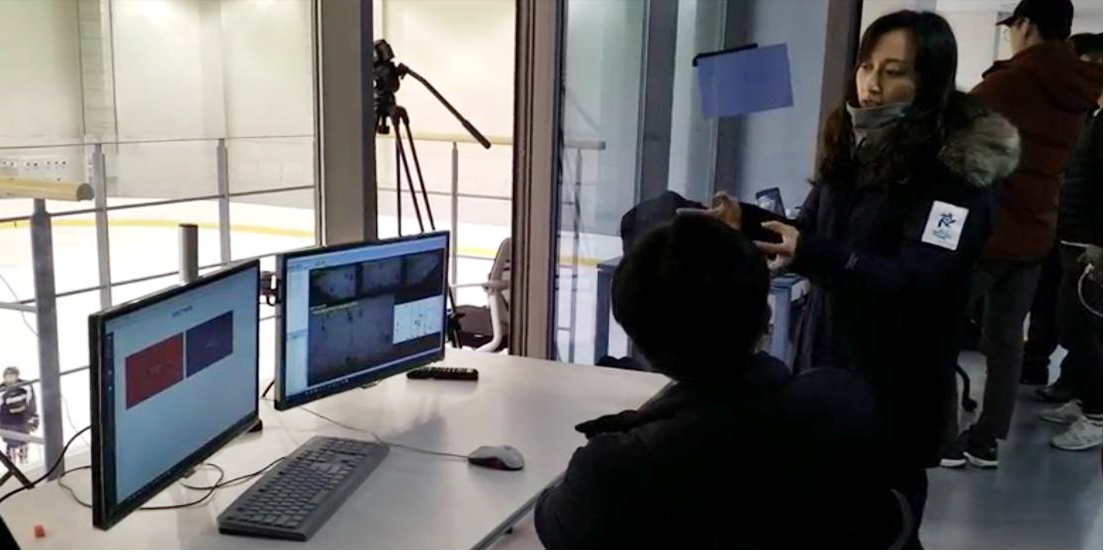
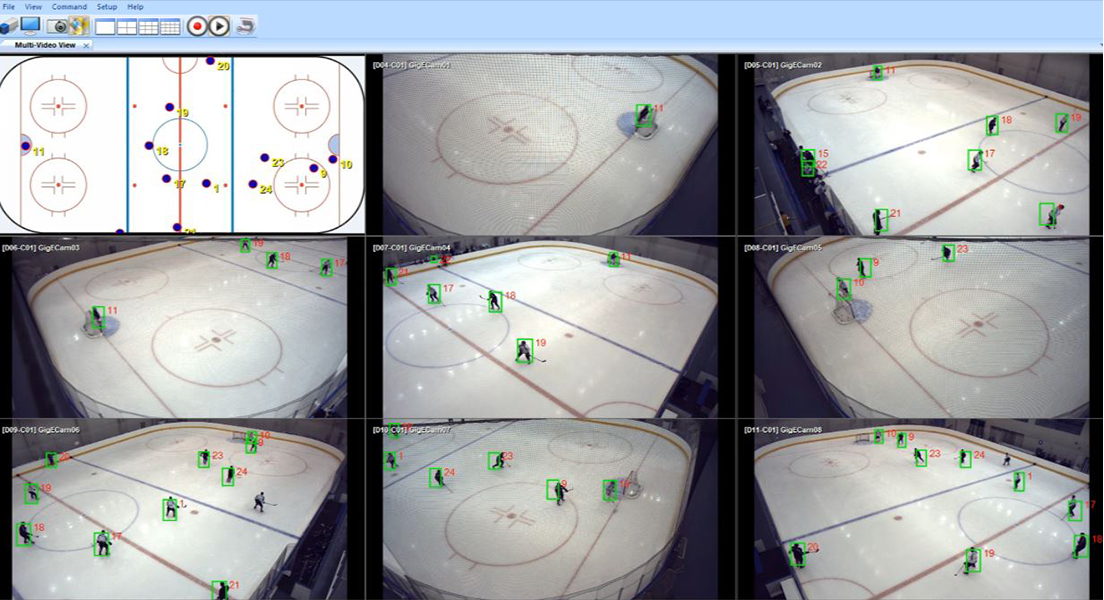
ETRI indirectly supported the national team by applying ICT. The research team for the success of the 2018 PyeongChang Winter Olympics and Paralympics helped the national teams to improve the performance by installing the system for precise positioning of ice hockey players at the Jincheon Training Center. Eight or more cameras installed in the ice hockey arena were combined with Ultra Wide Band(UWB) tags attached to the players' helmets to provide scientific analysis through real-time player positioning, statistical analysis of sports performance, and relevant visualization functions.
The IoT technology was applied to not only the precise positioning of ice hockey players but also to a guiding service based on Augmented Reality(AR) technology. This service gave directions to the players and coaches from other countries on their way from entry at the Incheon Airport to finding seats in a stadium or an arena depending on their paths. This service also provided information about the traffic and congestion of a region by using CCTV and information about pathways and dangerous areas.










